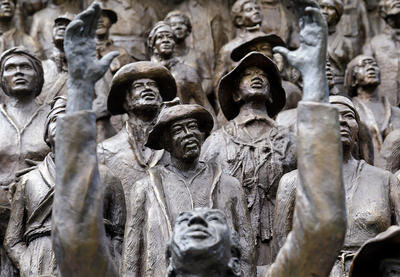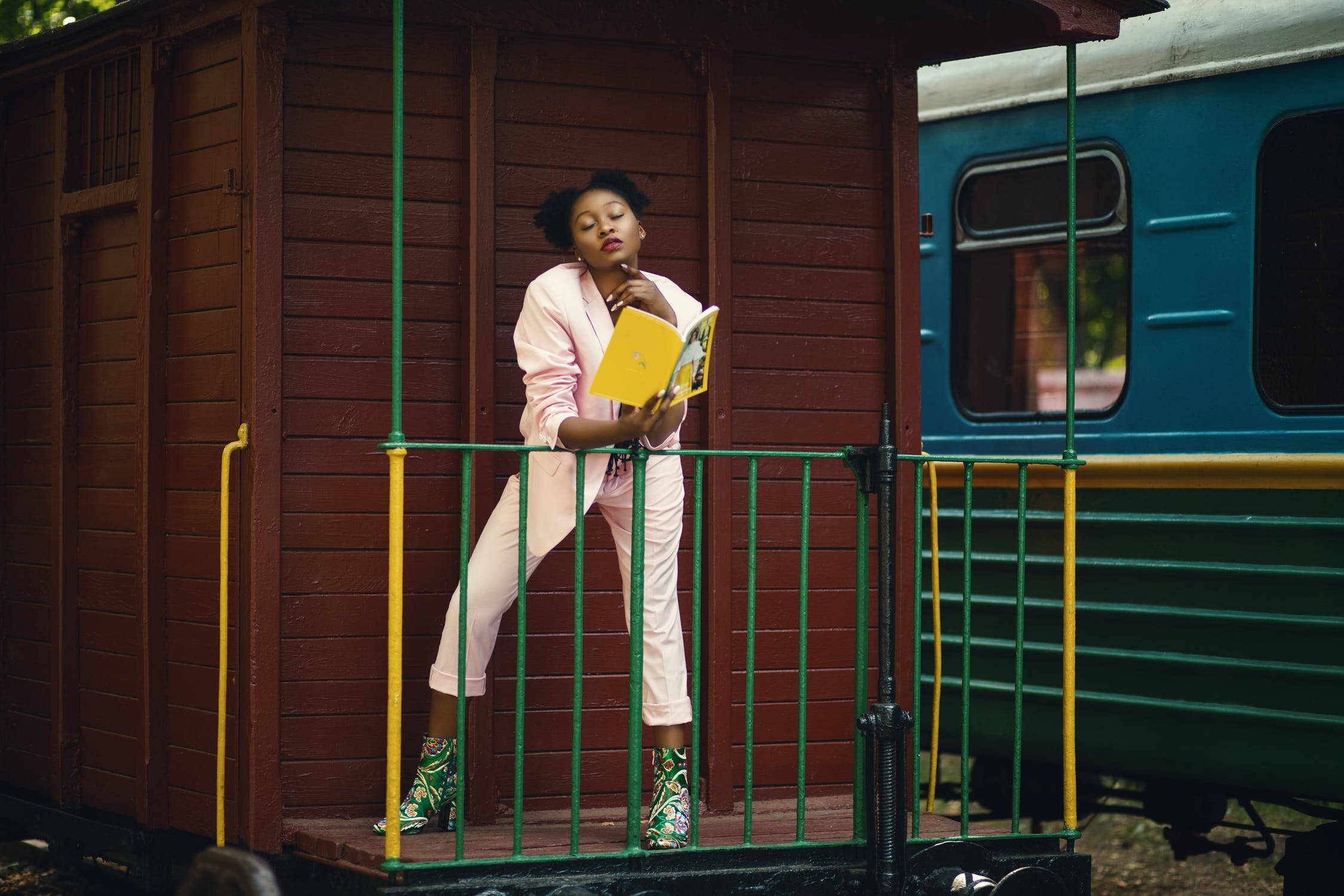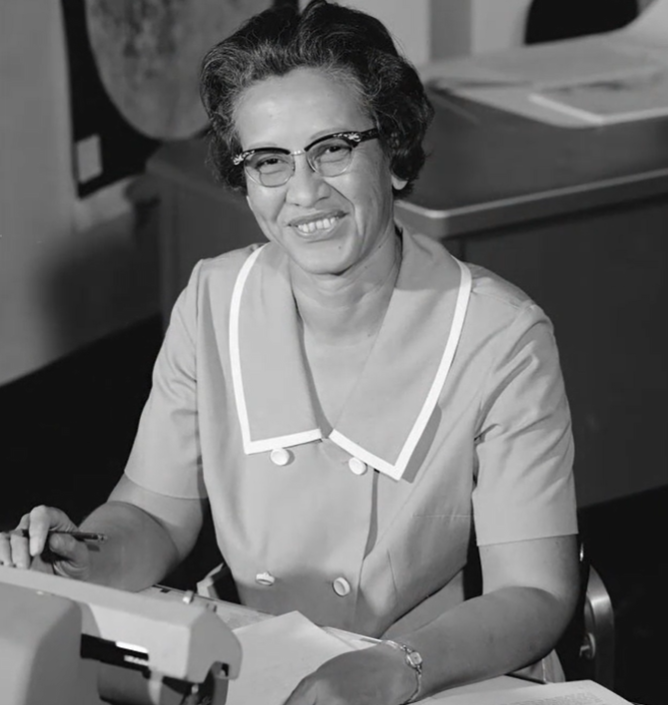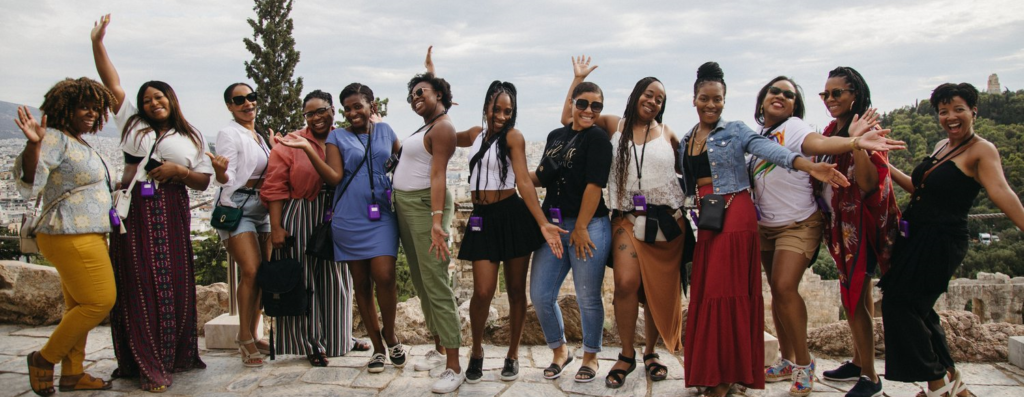
Downtown Casablanca by day in the foreground, The Hassan II Mosque and Atlantic Ocean majestically set in the distance.
Casablanca is located on the northwestern coast of Morocco. Over-three-million-people native to this arid, desert region–and places beyond–call this lush Atlantic Oceanside port city home. Residents with ancestral ties back to the indigenous Berbers, Jews who arrived over two-thousand-years ago and Arabs who settled in the 7th Century still walk these palm tree-laced streets and narrow pathways of the medinas. Their treks throughout Casablanca usher them past the children of the new residents who immigrated as byproducts of colonialism, industrial booms or searching for a better life over the past hundred years. Those current inhabitants of French, Spanish and Sub-Saharan African descent have impacted the landscape of Casablanca–and Morocco as a whole–with their cultural influences that can be seen and heard all over the city. The past and present are seen in the buildings architecturally designed in styles that Art Deco and French Baroque fans would appreciate. Some structures created by modernists after World War II feature murals etched by some of the world’s best graffiti artists. Varying dialects of Arabic can be heard in passing as frequently as those languages from parts of Europe, Asia and other nations comprising ‘The Continent’. This nexus of multiculturalism boasts a rich pantheon of history and culture to explore that it leaves most travelers debating on where to begin their experience.
There are many places to see, but there’s only one place to start–the beach.
Plage Lalla Meriem (Beach Lalla Meriem) seems a world away from the frenetic pace of Downtown Casablanca’s daily hustle. The twenty-minute ride to this scenic attraction greets travelers as they marvel at the white foam crowning the azurine waves rolling into the sand. What makes for stunning imagery to sightseers and photographers is a recreational oasis for the swimmers and surfers ready to dive in. There are over ten beaches along Casablanca, each more unique than the previous. Travelers are able to see the communities of Morocco through a truer vantage point just by spanning the panorama from left to right. Sunshine and the ocean’s tide work for a great cultural icebreaker for anyone trying to see the real Casablanca through an unfiltered lens most tourists rarely stop to enjoy. The precursor to the start of a conversation.
Photo Credits: NKOA (Instagram)
The Quartier Gauthier section of town has a long list of dining options adding to this unique melting pot of tastes reflecting its now diverse population. Tagine, couscous, zaalouk and other traditional Moroccan dishes are no longer the constant staples seen on most menus. Japanese, Senegalese and Italian are some of the new types of eateries making a name for themselves in a new land. One restaurant at the forefront of this trend is NKOA. This cafe’s sole mission is to “promote the art of ethnic cuisine by organizing a meeting between international gastronomy and traditions from Africa, Asia and Latin America in a seductive, refined and surprising cuisine”–which it does. Starters such as the Tomadia (Cucumber and tomato gazpacho with a brunoise of avocado) and Mekong (Sweet coconut soup with wheat berry) set the tone. The Chiloe (Ceviche with citrus emulsion) and Farisi (Beef tartare on crushed pistachios topped with mango) will make you rethink ‘surf and turf’. Watching either the Maffe (Chicken filet with arachide salsa over mixed rice), Tsukiji (Tuna tataki with sesame oil and al dente vegetables) or Chuleta (Beef fillet with salsa verde and mashed potatoes) being brought to your table is a visual prelude to a feast.

Photo Credits: Thorben auf Tour
Most of the works on display at the Villa Des Arts gallery reside under studio lighting. Paintings tell the modernity of visual art being produced by creators both near and far, but some pieces are simply unframable. Sculptures, statues and mobiles in the courtyard further your ability to get lost in this tranquil epicenter of Morocco’s contemporary art world. It serves not only as a transitional museum, but a location away from the horns, sirens and all other sounds associated with life in the city. Since opening in 1934, Villa Des Arts has featured thought-provoking installations to show the public of Casablanca. The country’s close geographic proximity to Spain, Portugal and Algeria makes this city a hotbed for art collectors and enthusiasts seeking the next big name. Villa Des Arts is one of the few galleries in the city that specifically hones its curatorial focus on the preservation of Moroccan culture through the universal catalyst of art.
Photo Credits: The Museum of Moroccan Judaism Website
The Museum of Moroccan Judaism (or El Mellah Museum) is the first and only museum of its kind in the Arab world dedicated to sustaining the artifacts and iconography from then that keeps this rich history alive. Founded by human rights activist Simon Levy in 1997, the museum represents the freedom of religious pluralism in a country that is 99.9% Muslim. The museum tells Jewish history in Morocco and explores that of the Berbers through artifacts. It gives us the chance to know the journey their forefathers and foremothers took before their current lineage were born. The Museum’s exhibitions shed light on the Jewish leaders who laid a framework of religious traditions and customs for a minority group forced to flee their homelands under constant persecution due to hatred and intolerance by a majority. One can only hope that many will see this story as a transferable one to remember when indifference and violence are being levied upon those Africans with deeper melanin fighting for equality all over Morocco.
Onsight, The Hassan II Mosque is one of the most fascinating buildings in the world. Completed in 1993, King Hassan II’s wish to give Casablanca “…a large, fine building of which it can be proud until the end of time” a dream come true. The mosque is visible from all points of the city. It is the largest in Africa and third largest internationally. Envisioned with both the aesthetics of Islamic and Moorish influences when sketching the design, this 36-story wonder culminates in one of the tallest minarets on the face of the earth. The Hassan II Mosque is a treasure beyond its immense stature. Casually strolling through the gigantic square leading to the mosque is enough to make a giant feel diminutive. Visitors of all faiths come to sit near this active place of worship to marvel at its beauty while sitting right above the ocean. Salat (the required act of praying five times a day) can be heard—all believers in one accord—ringing off of the pristine marble-granite-and-plaster-made interior. Its a level of devotion witnessed and heard in all parts of Casablanca.
























